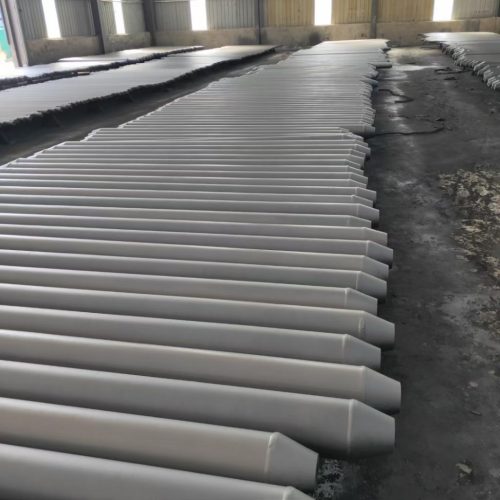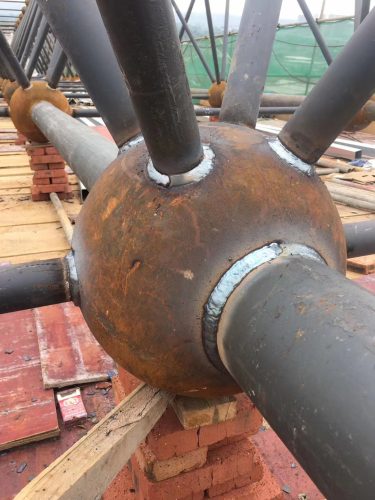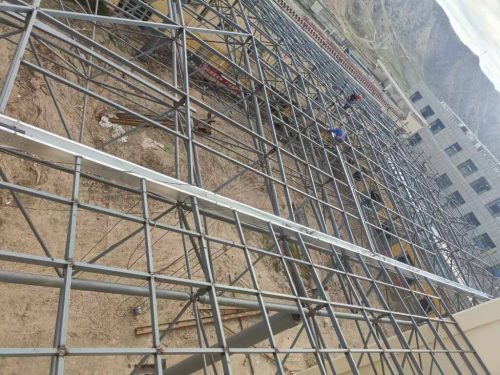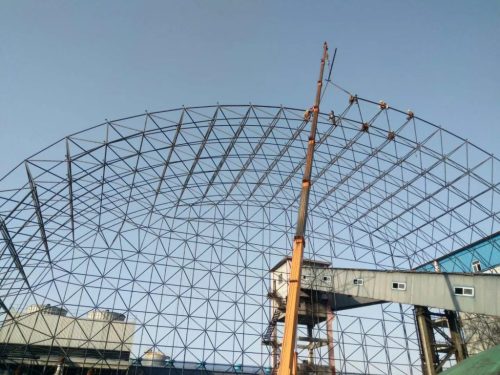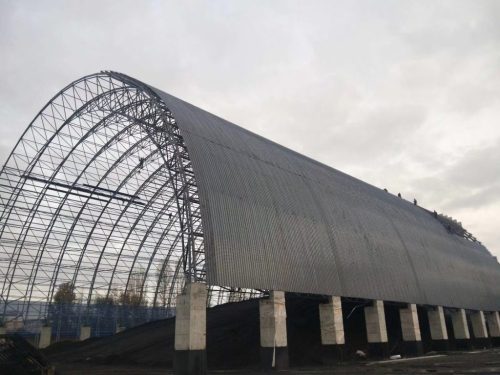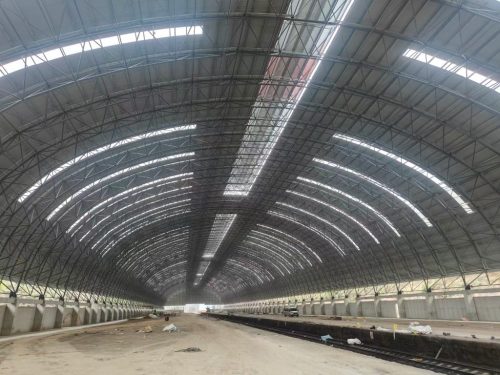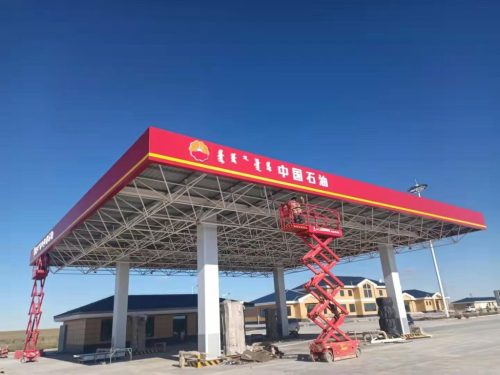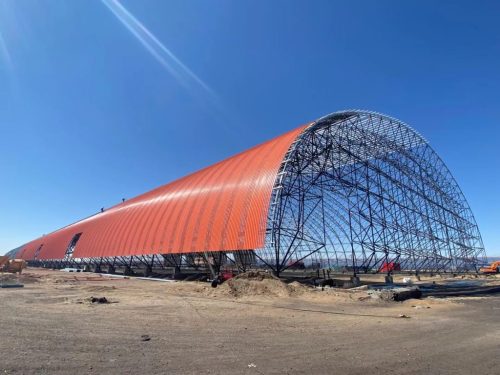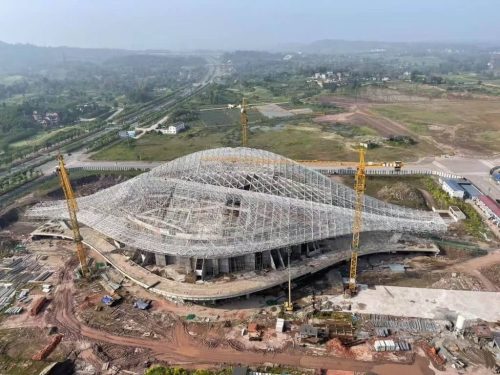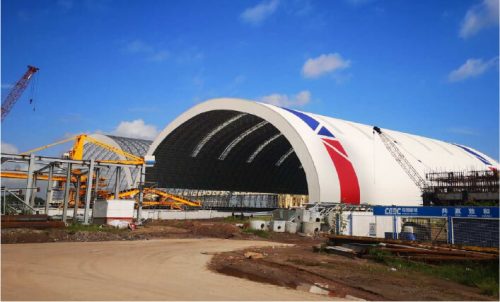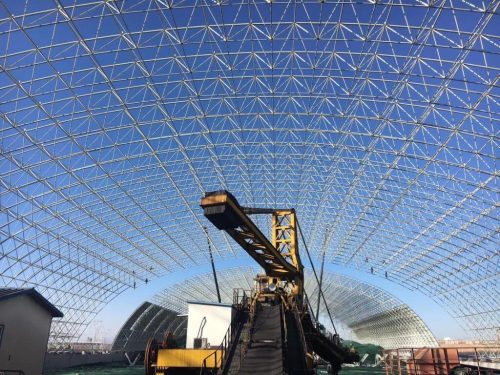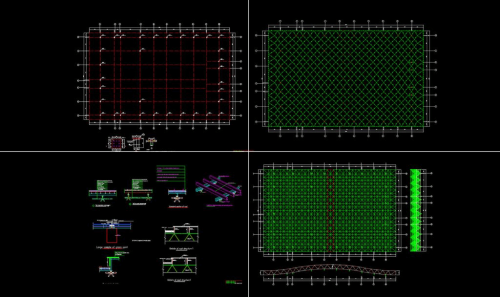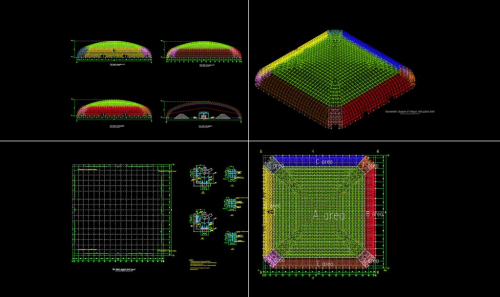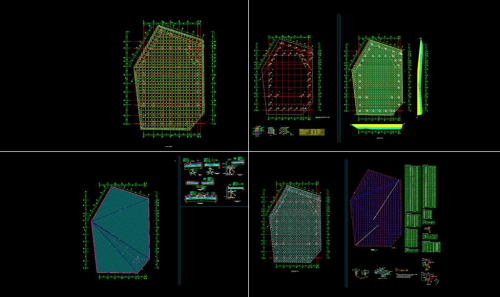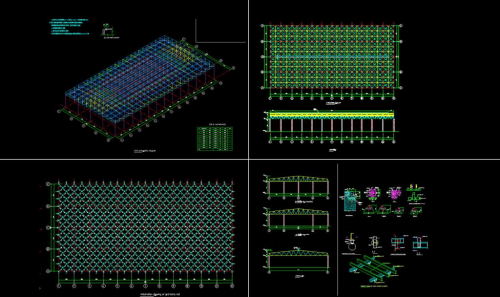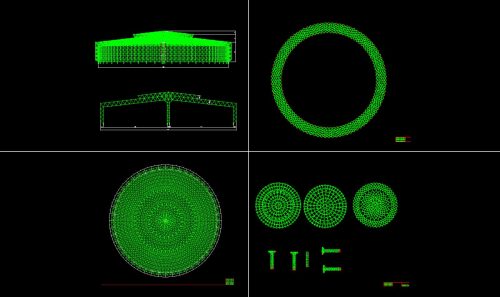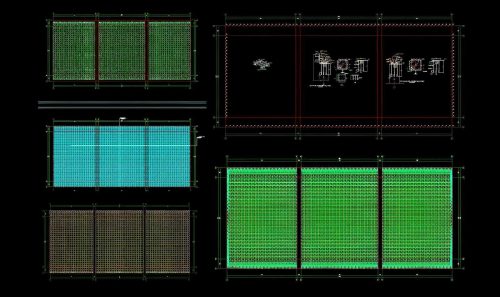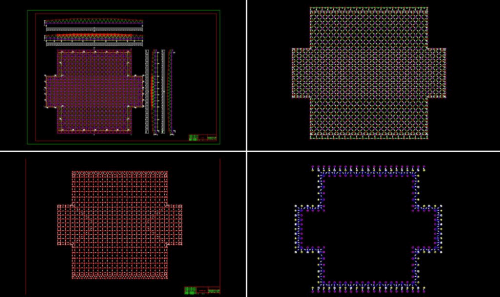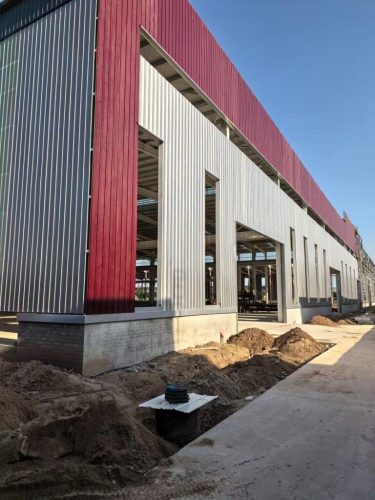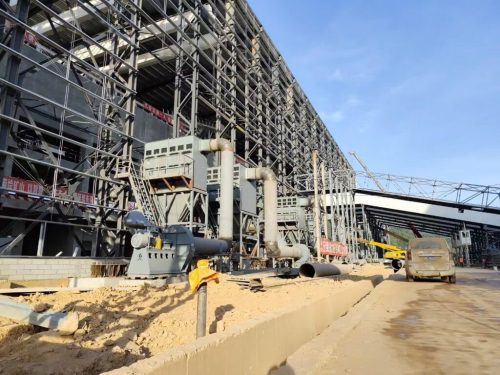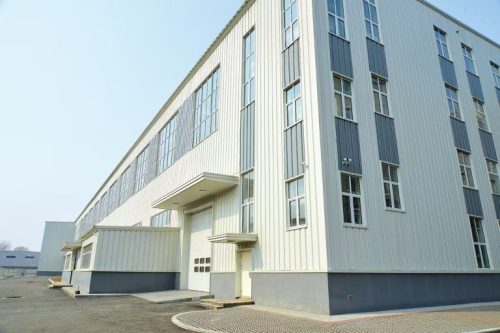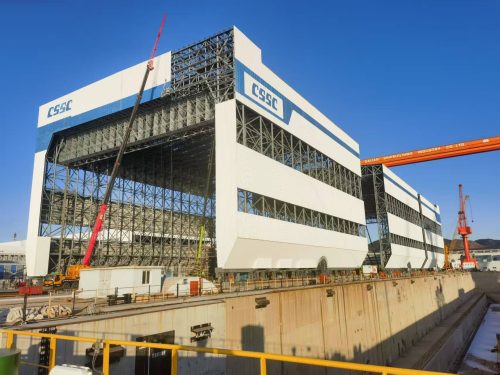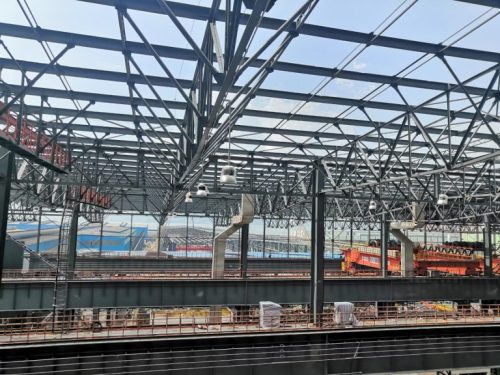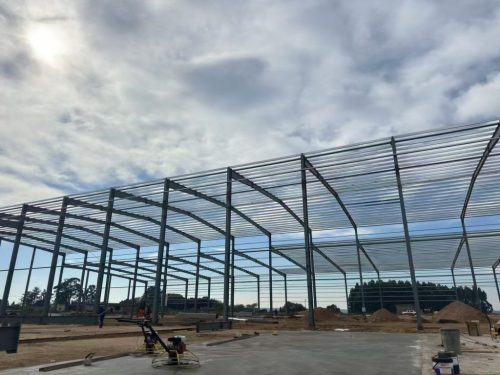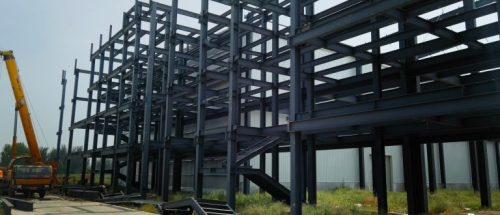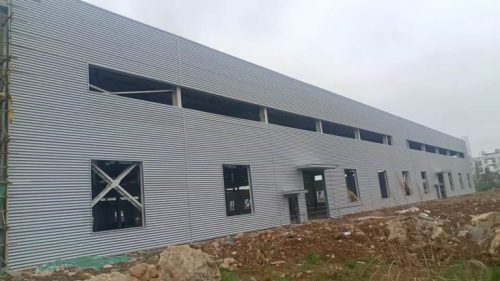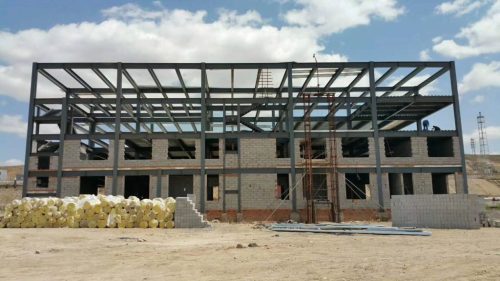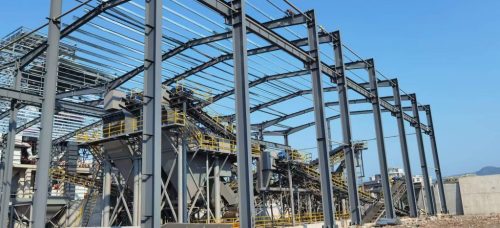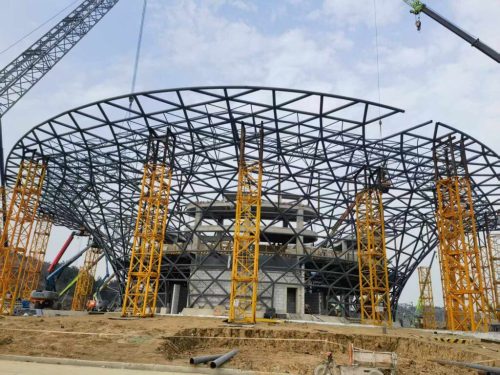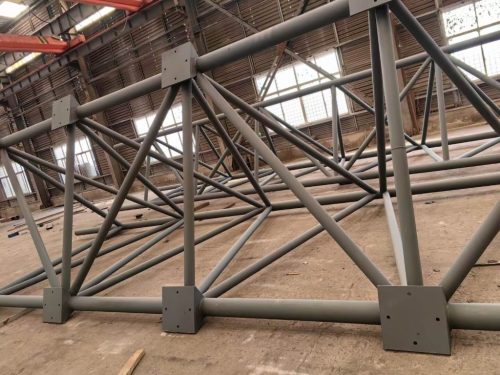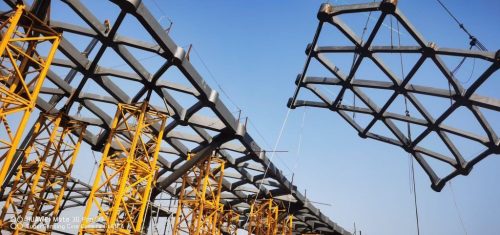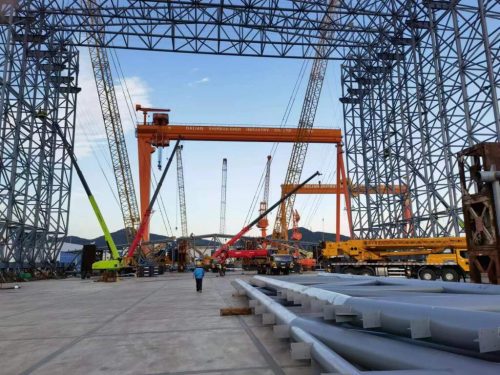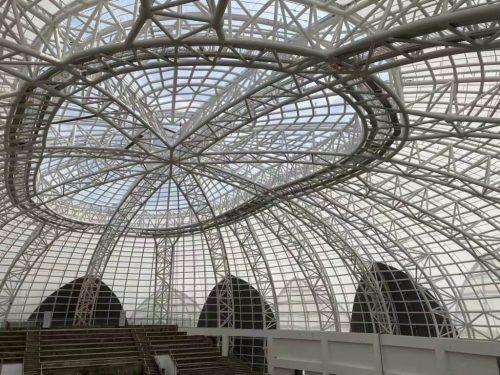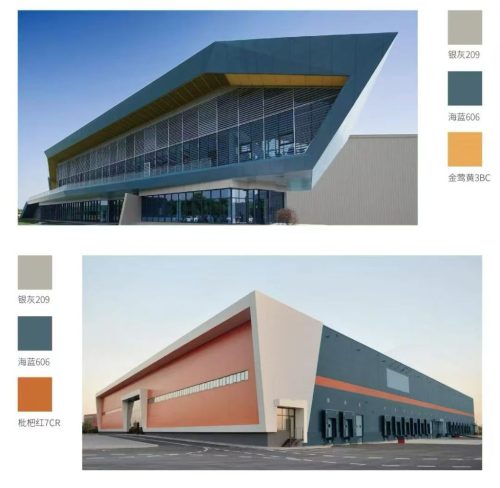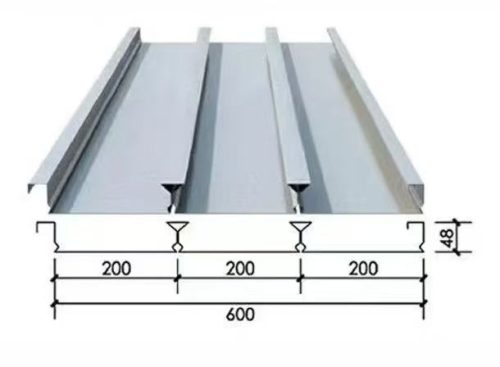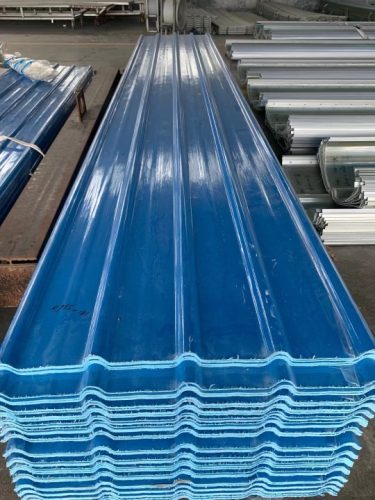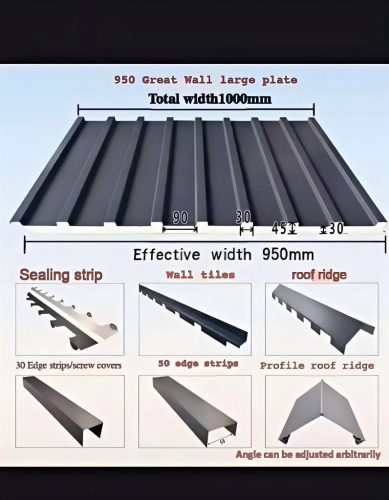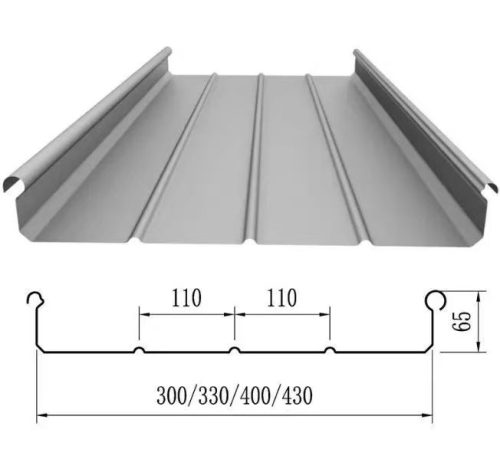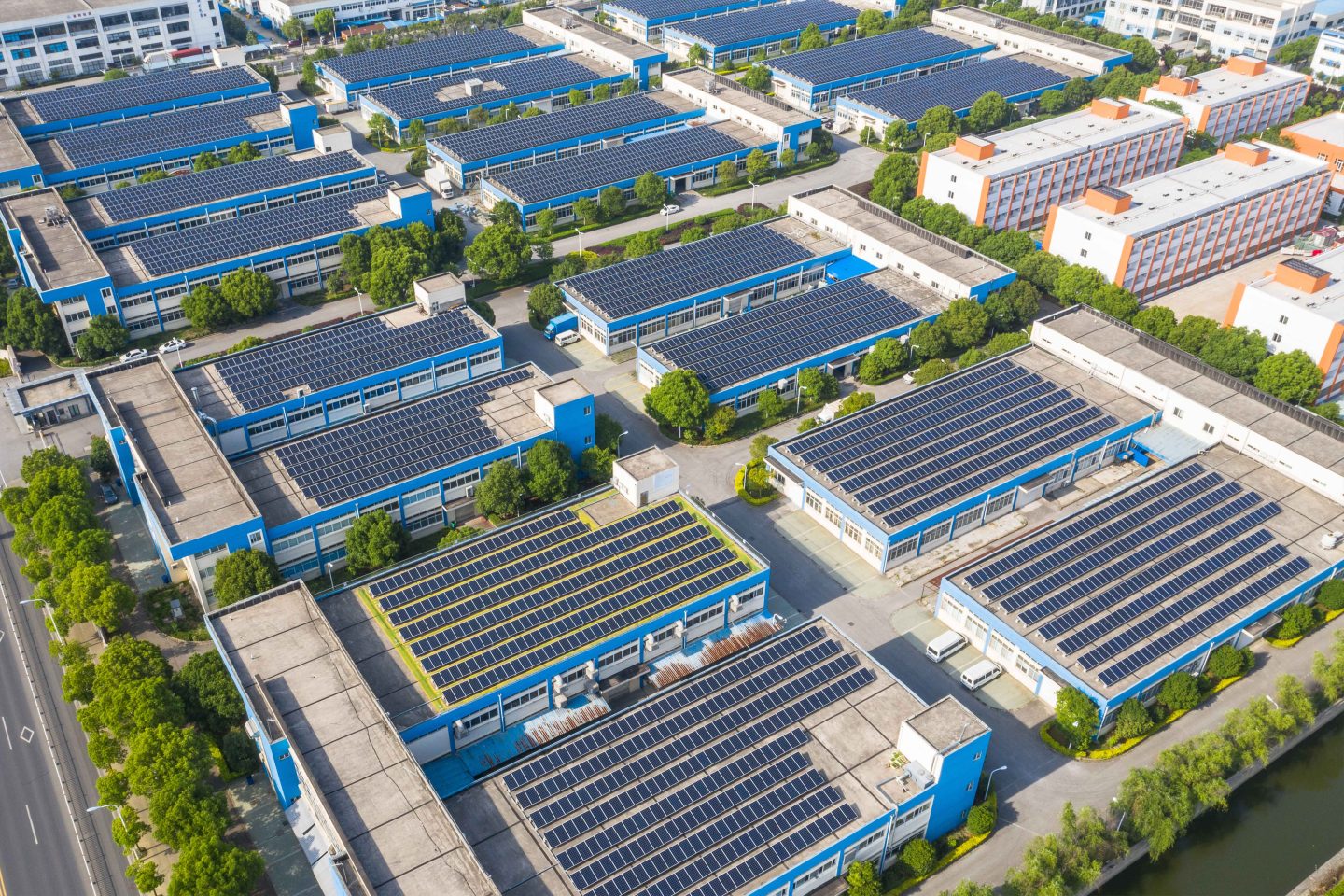Combination of Steel Structure Steel Space Frames with Green Buildings
The integration of steel structure steel space frames with green building principles has emerged as a highly effective approach to sustainable architecture. As environmental concerns grow, the demand for buildings that are not only energy-efficient but also environmentally responsible has increased. Steel space frames, known for their strength, flexibility, and durability, are an excellent complement to green building practices. Their ability to utilize recyclable materials, incorporate energy-saving designs, and promote sustainable development makes them an essential component of modern, eco-friendly construction.
In this article, we will explore how steel space frames contribute to the development of green buildings, focusing on their role in recycling materials, energy efficiency, and sustainability.
1. Recyclable Materials: A Sustainable Foundation
One of the key principles of green building is the use of recyclable materials that reduce waste and minimize the environmental footprint of construction projects. Steel, especially when used in space frames, is an ideal material for this purpose. Steel is 100% recyclable, meaning it can be reused and repurposed without compromising its strength or integrity. This feature is crucial in minimizing the environmental impact of both construction and demolition.
Unlike many other building materials that degrade over time and are often discarded in landfills, steel maintains its quality even after repeated recycling cycles. When steel components of a space frame structure reach the end of their life cycle, they can be melted down and reused in new projects, significantly reducing the need for raw material extraction. This contributes to a more sustainable and circular economy in the construction industry.
Furthermore, steel space frames often involve modular design, which means that individual components can be disassembled and repurposed, making it easier to reconfigure or reuse parts of the structure. This adaptability aligns perfectly with the principles of green architecture, promoting resource efficiency and waste reduction.
2. Energy-Saving Design and Thermal Efficiency
Steel space frames contribute to energy-saving designs in green buildings in several ways. One of the most significant benefits of using steel in building construction is its ability to support large-span, open spaces, which allow for more efficient building layouts. This open design enhances the overall thermal efficiency of the structure, as it allows for better natural ventilation and passive heating and cooling strategies.
Steel space frames can support large roof spans that allow for the inclusion of skylights and solar panels, which maximize the use of natural light and solar energy. By reducing reliance on artificial lighting during the day, buildings can cut down on electricity consumption, leading to substantial energy savings. Skylights, in particular, help bring in natural light, reducing the need for indoor lighting and enhancing the occupants' well-being by providing a connection to the outdoors.
Additionally, steel’s thermal conductivity can be managed through insulation techniques that prevent heat loss in winter and reduce heat gain in summer. Space frame roofs can incorporate insulating materials or reflective coatings that improve the building's thermal performance, helping to maintain a comfortable indoor temperature while lowering the need for air conditioning or heating systems.
3. Promoting Sustainable Development with Steel Space Frames
Steel space frames are not only efficient but also contribute to sustainable development in several ways. Sustainable development in the context of construction refers to creating buildings that are environmentally responsible, economically viable, and socially beneficial. Steel’s strength and versatility align perfectly with these goals.
a. Reduced Carbon Footprint
By using steel, the carbon footprint of a building can be reduced in two main ways. First, steel’s durability means that buildings last longer and require fewer repairs or replacements over time, reducing the overall embodied carbon of the structure. Second, since steel is highly recyclable, the environmental impact of its production is offset by the use of recycled steel, reducing the need for new raw materials and minimizing energy consumption in the manufacturing process.
b. Efficient Use of Space
The column-free design offered by steel space frames allows for more flexible and efficient use of space in green buildings. This feature is especially beneficial in buildings that require large, open areas, such as warehouses, sports complexes, or office buildings. By maximizing usable floor space and allowing for modular layouts, steel space frames enable more efficient floor planning, which can reduce the building's overall environmental impact by minimizing the need for excess material and energy usage.
c. Optimizing Resources for Long-Term Benefits
Green buildings focus on long-term sustainability, and steel space frames are well-suited for this approach. Due to the modular nature of space frame construction, buildings can be easily adapted, expanded, or reconfigured to meet future needs. This adaptability is critical for ensuring that buildings continue to function efficiently as requirements change over time, further promoting sustainable development.
Moreover, steel space frames can support green technologies such as solar panels, green roofs, and rainwater harvesting systems, which help further reduce the environmental impact of buildings. These technologies contribute to the building's self-sufficiency, decreasing reliance on external energy sources and water supplies, which is a key aspect of sustainable design.
4. Cost-Effectiveness and Environmental Benefits
While the initial cost of constructing a steel space frame building may be higher than that of traditional buildings, the long-term cost savings are substantial. Steel structures are low-maintenance, and their longevity ensures that they require fewer repairs and replacements over the years. This cost-effectiveness is complemented by the building's ability to reduce operational costs through energy efficiency and resource optimization.
Additionally, using steel space frames in green buildings can lead to savings related to waste management. Since steel is recyclable and often involves prefabrication, the construction process generates less waste compared to conventional methods. Prefabricated components are manufactured in controlled environments, ensuring higher quality control, less material wastage, and shorter construction times.
5. Examples of Steel Space Frames in Green Buildings
Several green buildings worldwide have adopted steel space frames as part of their design to enhance sustainability. For example:
a. The Eden Project (UK)
The Eden Project in Cornwall, UK, is a world-renowned example of a green building that utilizes steel space frames. The biomes, which house various ecosystems, are supported by geodesic dome space frames made of steel. The use of steel space frames in this project allowed for large, energy-efficient domes that provide the perfect environment for the plants inside while minimizing the energy needed to maintain the space.
b. Mercedes-Benz Arena (Germany)
The Mercedes-Benz Arena in Stuttgart, Germany, is another example where steel space frames play a significant role in a sustainable building. The arena's large roof spans, supported by steel space frames, provide ample natural lighting through glass panels, reducing the need for artificial lighting and contributing to the building’s energy efficiency.
6. Conclusion
The combination of steel structure steel space frames with green building principles presents an innovative solution for creating environmentally friendly, energy-efficient, and sustainable buildings. Steel’s recyclable nature, along with its ability to provide large spans without the need for columns, makes it an ideal material for green architecture. By enhancing energy efficiency, promoting resource optimization, and reducing waste, steel space frames contribute significantly to sustainable development in the construction industry.
As the demand for eco-friendly buildings continues to grow, the integration of steel space frames with green design will play a pivotal role in shaping the future of sustainable architecture. The ability to reduce environmental impact while creating durable, functional, and aesthetically appealing structures makes steel space frames a cornerstone of modern green building practices.



